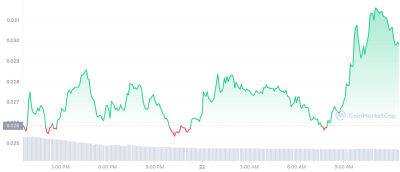TechScape: The end of the ‘free money’ era
F or more than a decade, the tech industry has been defined by two economic zeros. The “zero interest rate policy” (ZIRP) across the western world saw the price of money plummet, letting startups run at a loss for years and giving investors massive appetite for risky bets that might pay off in a big way. At the same time, the “zero marginal cost” of the software industry gave outsized returns to effort, allowing for situations like WhatsApp: 55 employees serving 420 million users and selling to Facebook for $19bn.
But both those conditions are coming to an end. Governments around the world have raised interest rates in a desperate attempt to keep post-pandemic inflation under control, while the rise of AI technologies threatens the production model that brought the sector to its current dominance. And because of that, the next decade could be very different from the last.
‘A ZIRP phenomenon’
Most of the western world didn’t actually see interest rates hit zero, but as inflation and growth flatlined after the Great Recession, rates were cut low enough as to make no difference. In America, the Federal Reserve cut rates to “0.25%” in 2008 and kept them there for seven years, before gradually raising them as high as 2.5% in 2018 and then cutting them down to near-zero in the midst of the pandemic. In the UK, the rate was cut from 1% to 0.5% in 2009, and didn’t go all the way back for the next 13 years.
An economic interlude: central bank interest rates have two major effects on the economy. On the one hand, they’re effectively the “cost of money”. If you need cash, you can borrow it, and pay interest on it; if the interest rate is low, you pay less for your money, and can borrow more of it for the same price. On the other
Read more on theguardian.com















